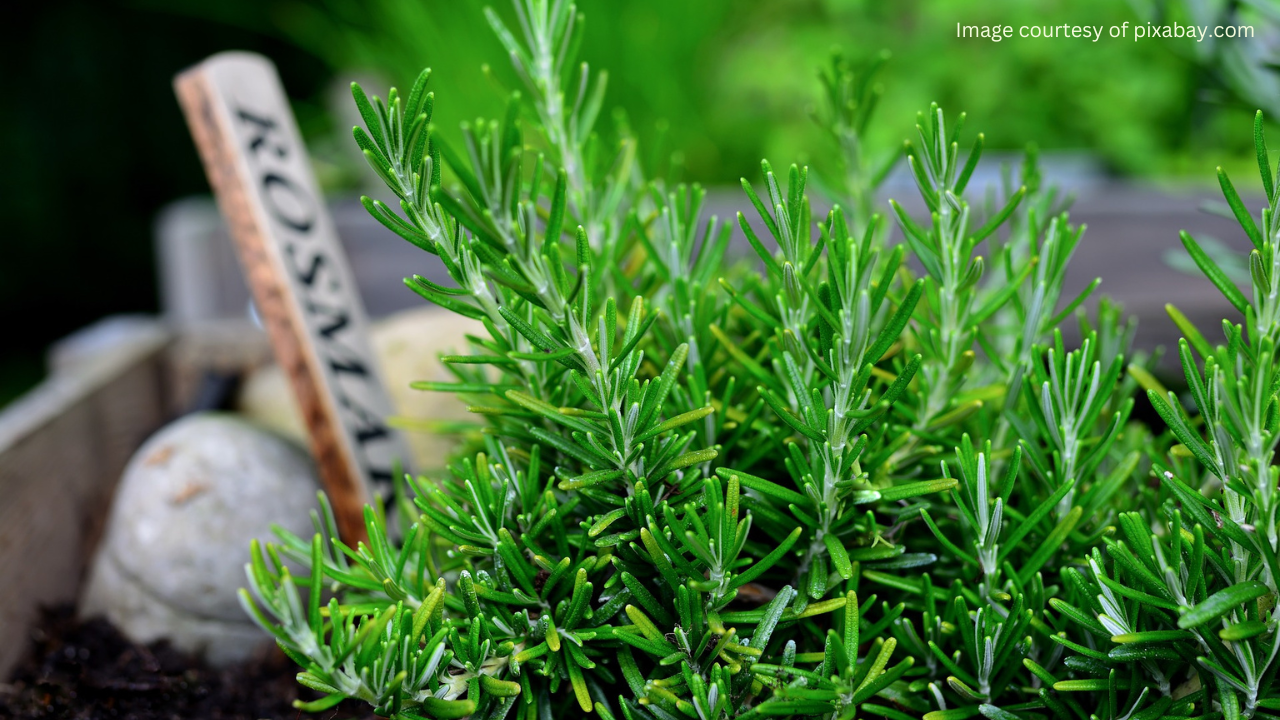Rosemary (Rosmarinus officinalis) is a versatile and fragrant herb that adds a burst of flavor to culinary dishes and offers numerous health benefits. Growing rosemary at home not only provides easy access to fresh herbs but also enhances the aesthetic appeal of your garden.
Preparing for Planting
Proper preparation is crucial for successful rosemary cultivation. Choose a sunny location for planting, as rosemary thrives in full sunlight. Ensure the soil is well-draining and slightly alkaline, with a pH level between 6.0 and 7.0.
Before planting rosemary seeds, amend the soil with organic matter such as compost to improve its texture and fertility. Additionally, consider the local climate conditions, as rosemary prefers warm temperatures and moderate humidity.
Planting Rosemary Seeds
Rosemary seeds can be started indoors or sown directly into the garden. If starting indoors, use seed trays filled with a well-draining potting mix. Sow the seeds thinly and cover them lightly with soil. Keep the soil consistently moist and maintain a temperature of around 70°F (21°C) for optimal germination.
For outdoor planting, wait until after the last frost date in your area. Sow the seeds directly into the prepared soil, spacing them about 12 inches apart. Lightly cover the seeds with soil and water thoroughly.
Caring for Rosemary Seedlings
Once the rosemary seeds have germinated, provide them with proper care to ensure healthy growth. Water the seedlings regularly, keeping the soil evenly moist but not waterlogged. Avoid overwatering, as rosemary is susceptible to root rot in soggy conditions.
Fertilize the seedlings sparingly with a balanced fertilizer to promote steady growth. Prune the rosemary plants regularly to encourage bushy growth and prevent them from becoming leggy.
Managing Pests and Diseases
While rosemary is relatively pest-resistant, it may encounter issues such as aphids, spider mites, and whiteflies. Monitor the plants regularly for signs of pest infestation and take appropriate measures to control them, such as using insecticidal soap or neem oil.
To prevent diseases such as powdery mildew and root rot, ensure proper air circulation around the plants and avoid overhead watering. Practice crop rotation and maintain good sanitation practices to minimize the risk of fungal infections.
Harvesting Rosemary
Harvesting rosemary can be done throughout the growing season as needed. Snip off sprigs of rosemary from the outer portions of the plant, using sharp scissors or pruning shears. Avoid harvesting more than one-third of the plant's growth at a time to encourage regrowth.
For the best flavor, harvest rosemary in the morning when the essential oils are most concentrated. Use freshly harvested rosemary immediately, or dry it for later use by hanging bunches upside down in a warm, well-ventilated area.

Conclusion
Growing rosemary from seeds is a rewarding experience that allows you to enjoy fresh herbs right from your garden. By following the proper planting and care techniques outlined above, you can cultivate healthy rosemary plants that will thrive for years to come.

